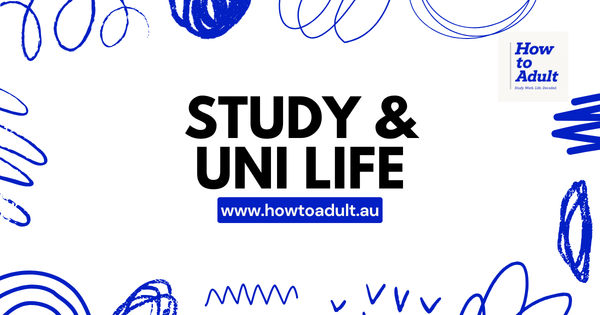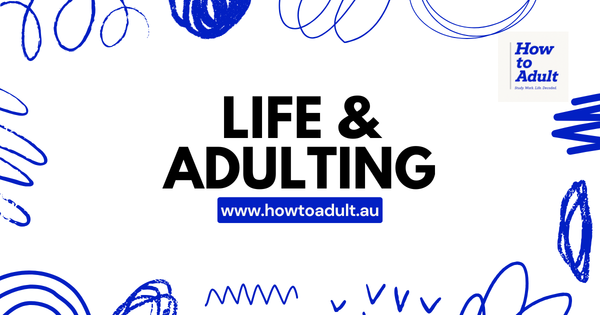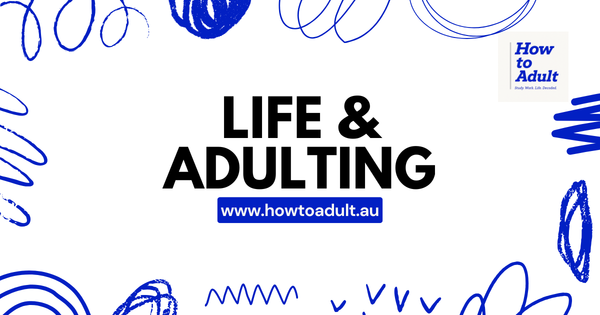The Big 5: What You Should Know About Key Identity Documents in Australia
Not sure what ID you need as an adult in Australia? This guide breaks down five key documents — birth certificate, photo ID, driver’s licence, citizenship certificate, and passport — for both Australian-born and overseas-born adults.
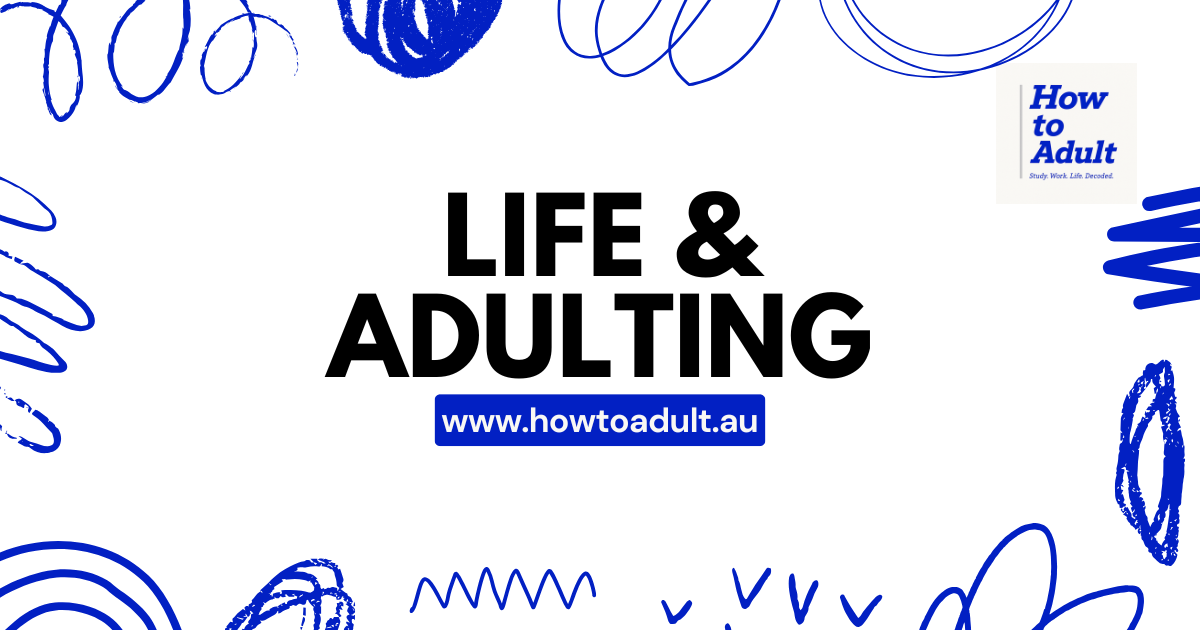
Birth certificate, Photo ID, Driver’s licence, Citizenship certificate, Passport
Growing up in Australia, you might’ve heard the phrase “You’ll need some ID” thrown around a lot — for jobs, travel, banking, or even just getting into a venue. But what exactly counts as ID? And how do you actually get those documents sorted?
Whether you were born in Australia or moved here from overseas, here are the five big documents every adult should understand — and eventually have.
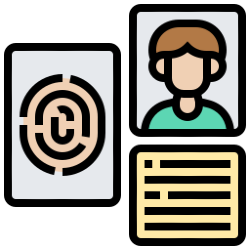
1. Birth Certificate
What it is: Your birth certificate is an official record of your birth — it shows your full name, date and place of birth, and your parents’ details. It proves your identity and that you were born in Australia (if that’s the case).
Why it matters: You’ll often need it to apply for other key documents, like a passport, driver’s licence, or even to enrol in school or uni.
How to get it (Australian-born):
If you were born in Australia, your birth should’ve been registered with your state or territory’s Registry of Births, Deaths and Marriages (BDM). If you don’t have a copy, you can order one online — just search “[your state] BDM birth certificate.”
If you were born overseas:
You won’t have an Australian birth certificate, but your original overseas birth certificate (and sometimes a certified translation) may be needed when applying for things like permanent residency, citizenship, or a passport.
2. Photo ID (Proof of Age Card / Keypass / NSW Photo Card etc.)
What it is: A government-issued card with your photo, name, and date of birth. It’s not a licence, but it proves your age and identity.
Why it matters: It’s helpful if you don’t yet drive but still need to show ID — for jobs, clubs, travel, or collecting parcels.
How to get it:
- You must be at least 18 years old in most states.
- Apply through your state or territory’s roads and transport authority (e.g. Service NSW, VicRoads).
- You’ll need proof of identity (like a Medicare card, birth certificate, or passport).
For migrants or international students:
You may be eligible for a photo ID in your state even without citizenship — just check your visa type and bring supporting documents (e.g. passport and proof of address).
3. Driver’s Licence
What it is: A card that lets you legally drive — and acts as a widely accepted form of photo ID.
Why it matters: It’s often used as your go-to ID for everything — renting a house, opening a bank account, proving your age.
How to get it (Australian-born or permanent residents):
- Pass a knowledge test (learner’s permit), log practice hours, and pass a driving test to get your Ps.
- Issued by your state or territory’s transport authority.
If you hold an overseas licence:
You may be able to transfer it depending on where it was issued and how long you've held it. Some countries have automatic recognition, others require a test.
4. Citizenship Certificate
What it is: An official document showing that you’re an Australian citizen. It’s different from a passport — and it’s the only proof of citizenship for people born overseas who’ve become Australian citizens.
Why it matters: You’ll need it to apply for an Australian passport. It’s also needed for things like voting, Centrelink, or uni enrolment (in some cases).
How to get it:
- If you were born in Australia to at least one Australian or permanent resident parent, you're likely a citizen automatically.
- If you became a citizen through a ceremony, you should’ve received a certificate at that time.
- If you’ve lost it, you can apply for a replacement through the Department of Home Affairs.
5. Australian Passport
What it is: A travel document that proves both your identity and your citizenship. It lets you travel internationally and return to Australia.
Why it matters: It’s the gold standard for ID in many situations. For international travel, it’s a must.
How to get it (if you're a citizen):
- Apply through Australia Post or the Passport Office.
- You’ll need a citizenship certificate (if you were born overseas) or a birth certificate (if born in Australia), along with ID and a passport photo.
Tip for international students or migrants:
If you’re not yet a citizen, you’ll need to travel with your passport from your country of origin, along with your visa or visa grant notice.
Final Thoughts
You don’t need all five of these documents right away — but it’s good to know what they are, when you’ll need them, and how to get them. If you’re unsure what ID you need for something, ask early — some documents take time to arrive.
And remember: store your ID safely. These are more than just pieces of paper or plastic — they’re how the system recognises you as you.

